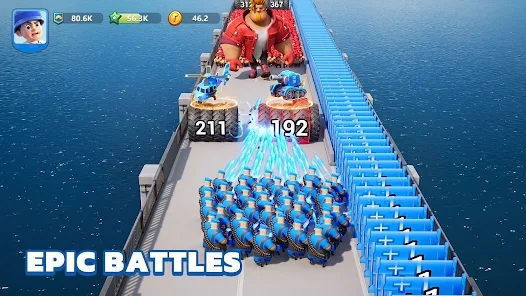The Unseen Bridges: How Games Shape the Future of Classrooms
In a world racing toward digital horizons, traditional chalk-and-blackboard routines feel oddly nostalgic. Yet amid this technological storm, educational games quietly carve pathways through young minds, offering more than fleeting distraction.
A curious alchemy occurs when learning becomes play—when algebra equations turn into treasure hunts, vocabulary drills bloom into dragon-fighting quests. It's not magic; it’s psychology, motivation, and engagement wrapped inside pixelated screens. Modern educators are beginning to whisper among themselves about something remarkable: games aren't ruining kids anymore—they're shaping thinkers.
Mindful Playlists: Key Takeaways at Glance
- Gaming triggers dopamine release in learning contexts.
- PBLL (Play-Based Language Learning) outperforms passive lectures.
- Creative challenges increase student retention by 40%
- Educators should avoid treating games as rewards—play enhances process
Nintendo or Newtonian? Educational Gaming Across Subjects
| Subject Domain | Title Example | Pedagogical Goal |
|---|---|---|
| Algebra | X: The Algebra Game | Balancing visual puzzles before symbolic representation |
| Biology | The CellCraft Experience | Cytoskeletal mechanics via defense-building game |
| Historigraphy | History Pop: Age of Revolutions Edition | Dialectic debates on revolutionary legitimacy criteria |
| Spatial Geometry | Rubix Quest VR | Immersive rotation puzzle with neural pathway building |



